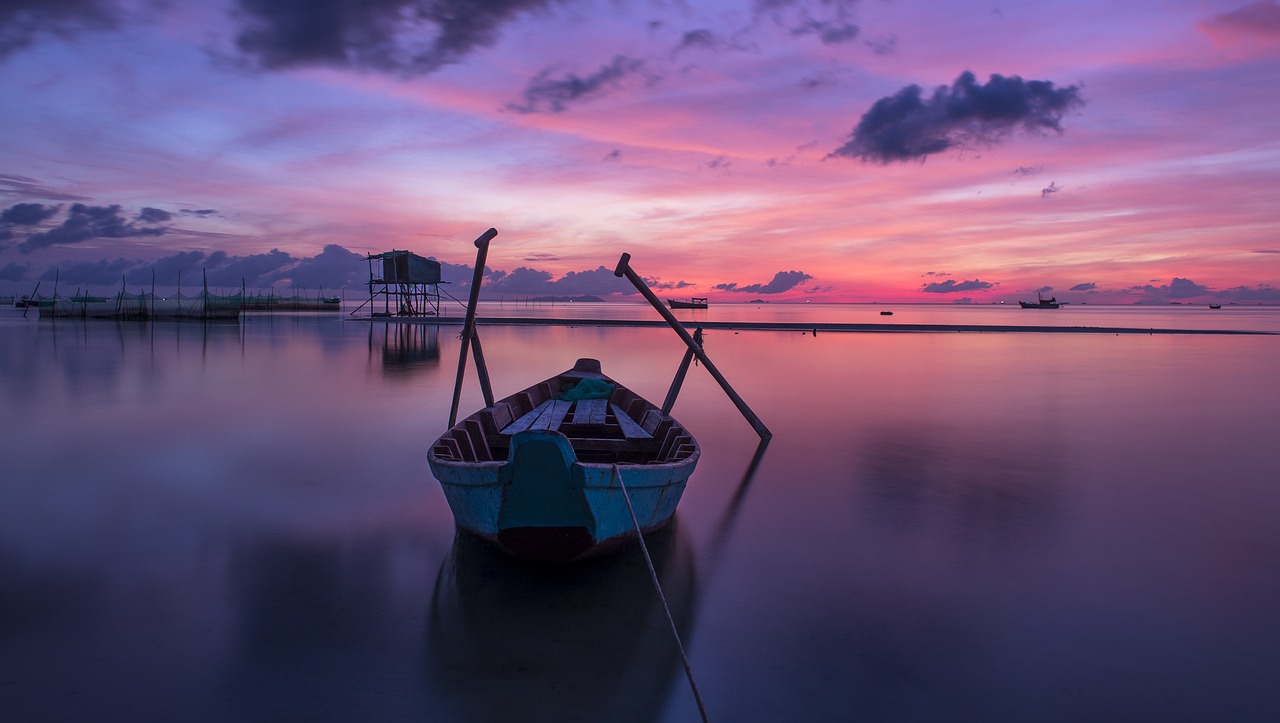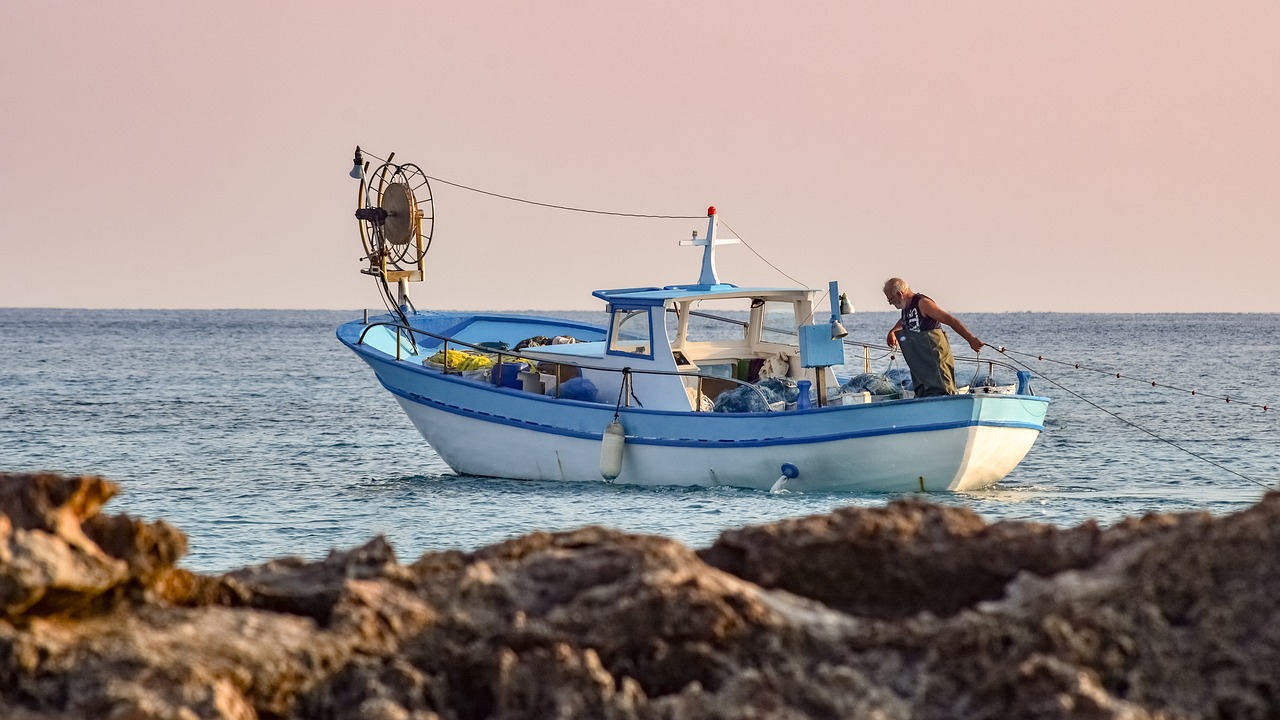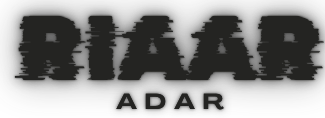As a boater, creating progressed abilities in route, securing, and moving is fundamental for dealing with testing circumstances and upgrading your general drifting experience. Whether you’re exploring precarious waters, mooring major areas of strength for in, or mooring in restricted spaces, dominating these strategies will assist you with working your boat all the more successfully and securely. Learn more details about sup brett.
This guide will cover progressed procedures in these key regions, offering tips and experiences to lift your drifting skill.
High-level route procedures include something other than following a GPS; they require a profound comprehension of graphs, tides, flows, and progressed plotting.

Nautical graphs are your guide on the water. Look into scope and longitude matrices, which are significant for the exact route. Route is the groundwork of safe sailing, particularly while wandering into new or testing waters.

This conventional route strategy includes assessing your ongoing position in light of your most recent position, speed, course, and time traveled. It’s valuable when GPS signals are frail or inaccessible.
Practice dead retribution by routinely refreshing your situation on a diagram. Utilize an equal ruler and dividers to plot a seminar on a diagram. Mark waypoints and compute distances between them. Consider the impacts of wind, flows, and tides on your course, and make essential changes.
Tides can significantly influence your route, particularly in beachfront regions. Use tide tables to anticipate elevated and low tides and plan your route accordingly to avoid establishing areas of strength for or. Flows can push your boat off base or dial you back. Comprehend how to utilize current tables and diagrams to anticipate the course and the strength of the flow along your course. Change your course and speed to make up for these powers.
AIS permits you to see the positions and developments of different vessels furnished with the framework. It’s particularly helpful in occupied streams or while crossing delivering paths. Figure out how to incorporate AIS information with your chartplotter for continuous traffic refreshes.
While GPS is an amazing asset, understanding how to completely use your GPS and chartplotter will improve your route abilities.
Figure out the different light designs for different kinds of vessels and navigational markers. Work on recognizing these lights from a good ways.
Look into the changed sound signs (like one delayed impact or two short impacts) utilized for moving and flagging your presence.
In mist or weighty downpours, sound signs are fundamental for correspondence. around evening time or in low permeability, depending on route lights, floats, and signals.
